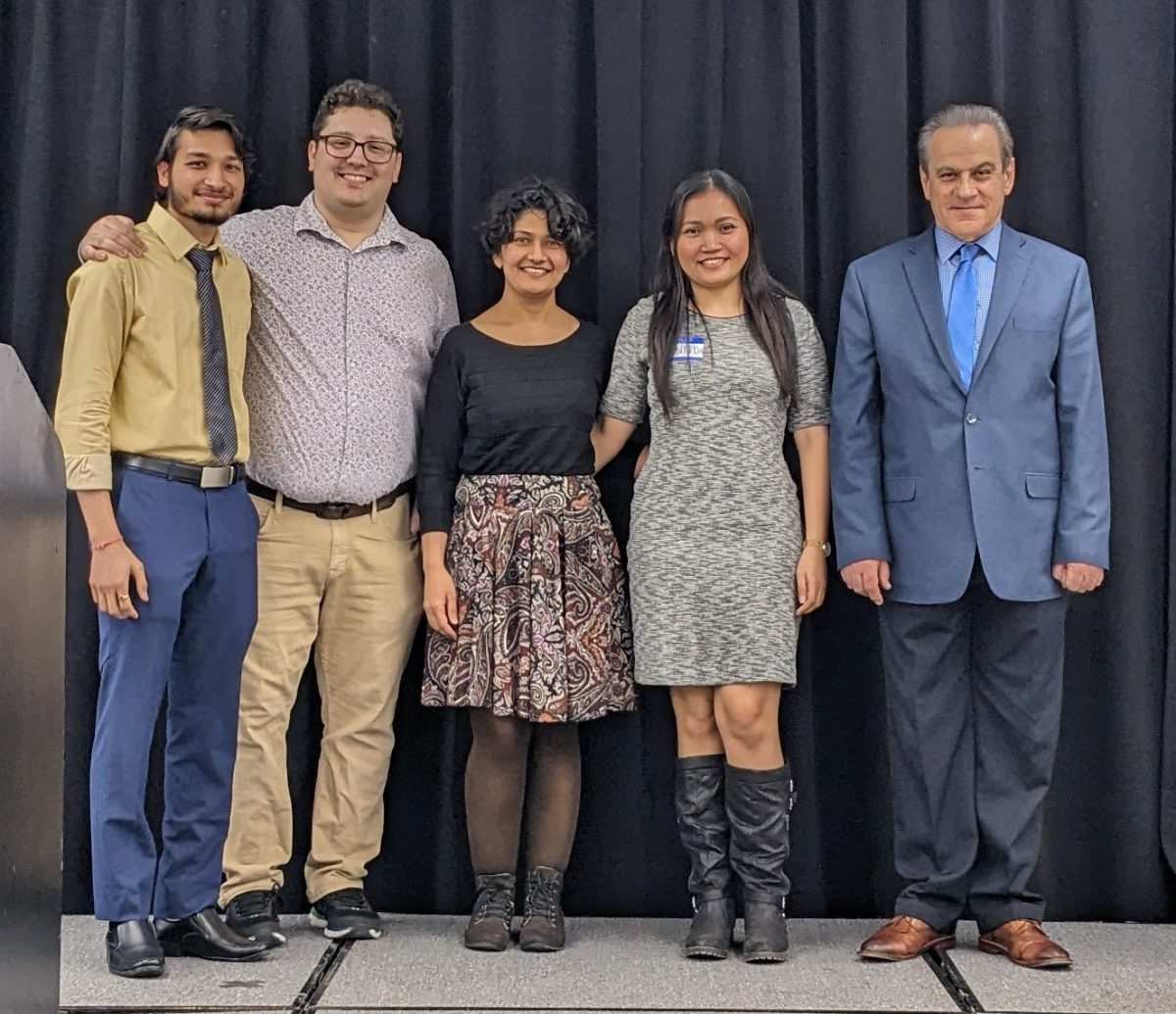Recent innovations in medical technology are changing medicine as we know it. At the recent Women Designing the Future Conference, three women in STEM – Colleen Riley, Tara Alvarez, and Amy Liao – spoke about their experiences with recent innovations in medical technology. Colleen Riley is the Vice President of Science and Technology for Stryker, a Fortune 500 medical technology company. Tara Alvarez is a Biomedical Engineering professor at NJIT and founder of the Vision and Neural Engineering Laboratory. Amy Liao is a biochemist and the President of GENEWIZ, a successful biotechnology DNA sequencing company.
The 2019 Women Designing the Future Conference: Game Changers! occurred on March 29 here at NJIT. Here are five key takeaways from the conference:
1. Technology is becoming an increasingly bigger part of medicine.
As the field of medicine grows and develops, technology has grown and developed with it. Medicine and technology have begun to intertwine to the point where advances in medicine are made possible becauseof the advances in technology.
Some of these innovations sound as revolutionary as expected. They include advanced imaging techniques, robot-assisted surgery, genetics, and even the use of virtual reality (VR) in therapy. However, also included in this list can be technologies that do not sound quite as astounding, but are still immensely helpful in the advancement of medicine. One such technology is 3D printing, which Riley described as “life changing.”
2. Video games can be used as a form of therapy.
Although it may sound hard to believe, video games can be and are being increasingly used in healthcare as a form of therapy. Specifically, Alvarez spoke about her team’s use of VR to treat vision issues that are uncommon in the general population, but very common in people who have suffered from concussions.
The VR therapy utilizes Virtual Eye Rotation Vision Exercises (VERVE). VERVE is a type of VR game that is controlled completely with the eyes and their movement. Alvarez calls this a way to “sugar coat therapy” because it is more exciting than regular therapeutic exercises. Not only does this innovative approach actually improve nearsighted vision, but it is also a more personalized form of therapy that will hopefully result in greater patient compliance.
3. Medicine is moving away from treatment for the masses and toward personalized medicine.
Like with most things in life, medicine is not a “one size fits all” kind of ordeal. Medications and treatments that work for some people will not necessarily work for others. That is why there has been a push towards personalized medicine, which is medicine and treatment that focuses on the individual and addresses his or her needs on a case-by-case basis..
Personalized medicine can come in many forms. With something like joint replacement surgery, Riley explained that the goal was to develop implants that were specifically fitted for the patient rather than ones that followed a “shoe size” concept. Additionally, as mentioned above, there is the development of game therapy, another individualized treatment method. In this case, the game can progress in difficulty depending on the capabilities of the patient and their level of improvement.
4. Mentoring is important.
In any field, mentoring is going to play a huge role in learning and growing, and the field of medical technology is no different. This doesn’t always mean the same thing to everyone, but the end goal is still the same—to improve and learn.
The three speakers all had different experiences with and views on mentoring. For Riley, it was a matter of leading by example for those who work for her. Alvarez, on the other hand, emphasized stepping out of your comfort zone and putting in the effort to speak with people about your passions. Similarly, Liao spoke about the importance of giving and receiving feedback to help improve your work and that of others.
5. Medical technology also has a very important business aspect to it.
The three guest speakers at this session of the conference had experience not only in research and development of products, but also in the entrepreneurial aspect that follows research. Sometimes, these two halves conflict slightly, but it is not impossible to find a middle ground.
First, there is a sort of evolution that has to happen as there is a transition from startup to big company. Liao explained, “At the beginning, I was wearing a lot of hats and I sought to be versatile to be able to do things dirty and elegant at the same time … [later] the skill set becomes how to lead people, how to align my team and align them to the same goal.” They also spoke about how it is not always easy to be able to balance being a scientist with being an entrepreneur. Riley mentioned that sometimes there is a desire to have a large study, but this may not be possible financially, nor is it always necessary or even helpful to do so.
Finally, there was a short discussion about striking a balance between the customer’s needs and the logic and reasoning of the scientist. Alvarez said that it is important to “understand your customer” and “not just take your product in terms of what you think is the right solution but actually talk to the people who are going to use it.” The main theme here is balance. In order for a business to run smoothly, there has to be a balance between its components.































